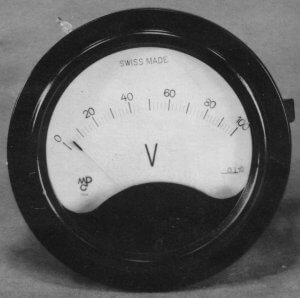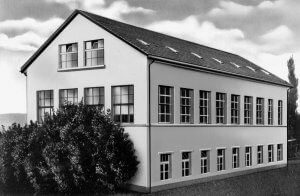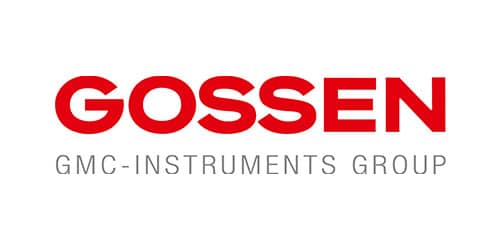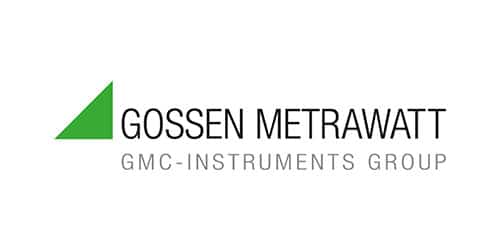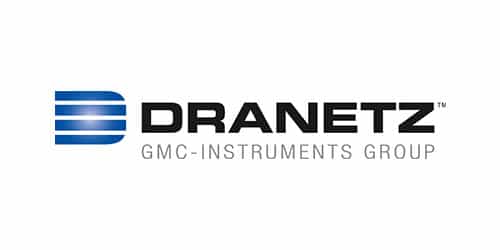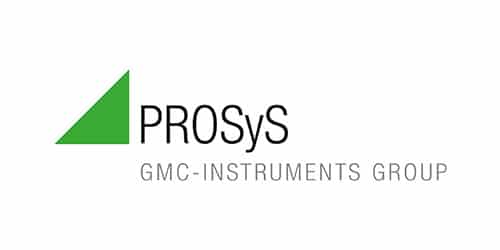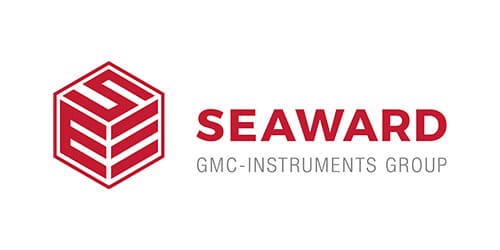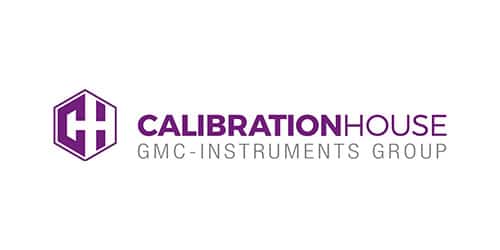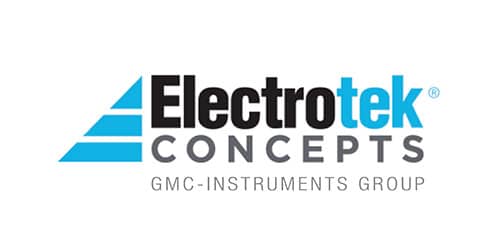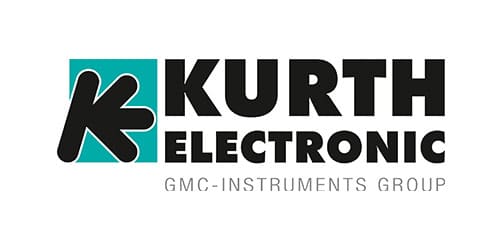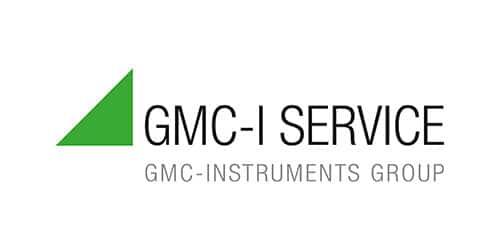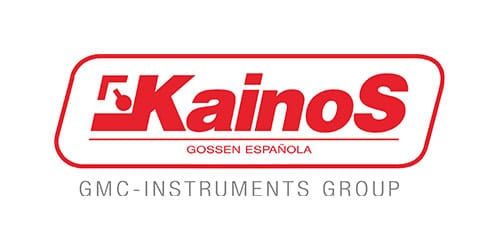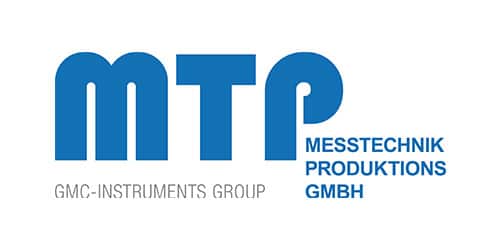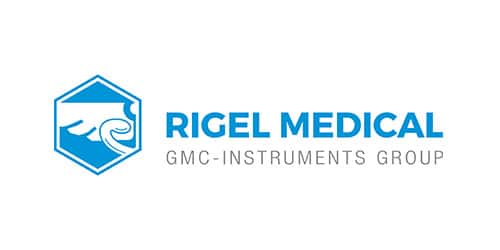In this day and age, the general public enjoys having electrical energy available in sufficient quantities seemingly at any time and for any occasion. But where does the electricity actually come from? So the majority answer is: “from the socket, of course”. Does this automatically answer the question of security of supply? More about that later. If one compares the history of electric current with the history of Camille Bauer Metrawatt AG, one can very well trace a connection to the development of both sides in some areas. Why is that.
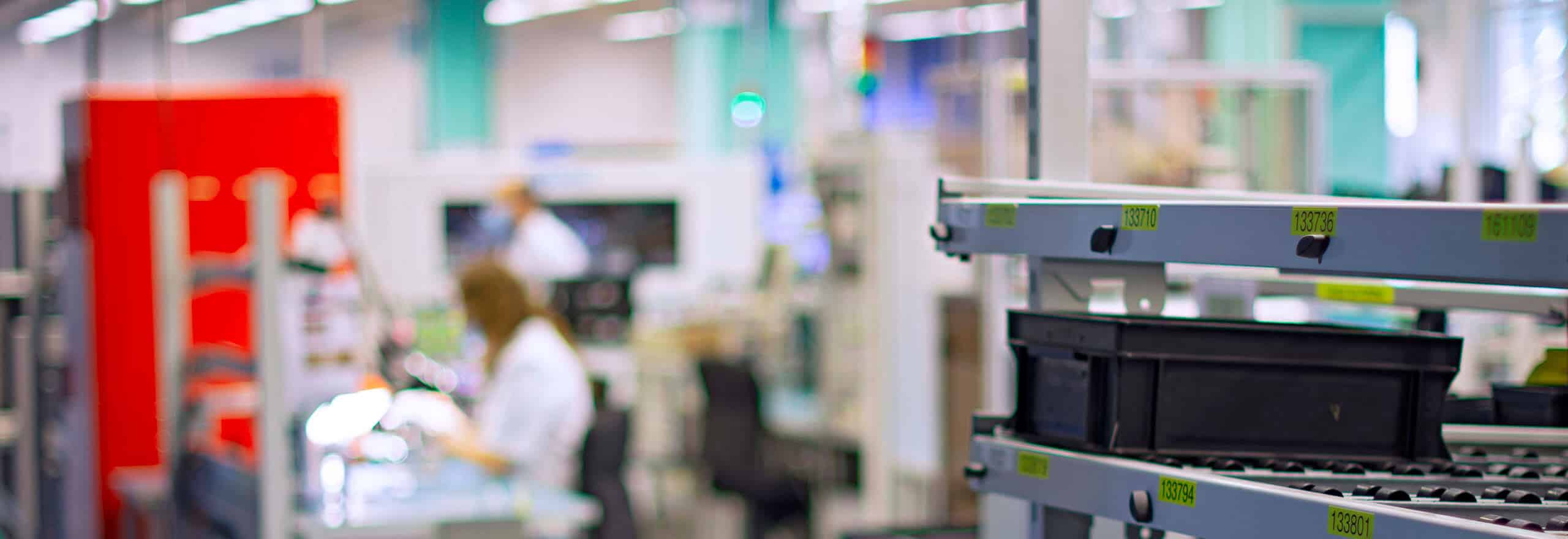
About Us
Electricity is more than just power from the socketA brief chronicle from the Strom War in 1890 to Camille Bauer today
It all began with the electricity war – an economic dispute over a technical standard
It was around 1890 that the so-called Electricity War was sparked in the USA. At that time, it was a question of whether the DC voltage favored by Thomas Alva Edison (1847-1931) or the AC voltage praised by Nicola Tesla (1856 – 1943), financially supported by George Westinghouse (1846-1914), was the more suitable technology for the large-scale supply of the United States of America with electrical energy and the construction of electricity grids. However, due to Westinghouse’s market power at the time vis-à-vis Edison General Electric (then known as General Electric from 1890), it quickly became clear that the invented alternating current of the Serbian-born Nicola Tesla was rapidly gaining in importance. This was not least due to the fact that the approx. 25% lower transmission losses had produced an absolute positive effect. The breakthrough for the transmission of electrical energy by means of alternating voltage came immediately. At first, it was mainly a matter of lighting, which was to be advanced with the invention of the incandescent lamp by Thomas Alva Edison. The background to this is plausible. Westinghouse was initially a lighting manufacturing company and wanted to secure as much market share as possible with it. In the further development, it is therefore not surprising that in Germany, for example, the first long-distance transmission of electrical energy with a distance of more than 170km from Lauffen am Neckar to Frankfurt am Main was already put into operation in 1891. A technological breakthrough using three-phase current technology. However, the subject of direct current was far from over. Not least because of digitalization, electromobility, decentralized energy supply, etc., the direct current has experienced an absolute renaissance.
An entrepreneurial journey through time
The foundation of Camille Bauer’s company dates back to 1900, immediately after the time of the aforementioned Electricity War, when electricity was rapidly gaining in importance. During this turn of the century, Camille Bauer had already begun, incidentally named after its founder Camille Bauer-Judlin, to import measuring instruments for the trendy topic of “electricity” as a trading house for the Swiss market and to distribute them on the local market. A few years later, in 1906, Dr. Siegfried Guggenheimer (1875 – 1938), a former scientific assistant of Wilhelm Conrad Röntgen (1845 – 1923 and the first Nobel Prize winner (1901) in physics), founded a company in Nuremberg, Germany, under his name, almost as a start-up.
The company was engaged in the manufacture and sale of electrical measuring instruments. However, due to Nazi pressure, Mr. Guggenheimer was of Jewish descent, the company had to change its name in 1933 and thus the then Metrawatt AG was founded. In 1919, a man by the name of Paul Gossen entered the scene. As an employee, the latter was so dissatisfied with his employment at Dr. Guggenheimer that he founded his own company in Erlangen, near Nuremberg, and as a result, there was a constant and fierce competitive struggle between the two rivals for decades. Towards the end of the Second World War, in 1944, Camille Bauer found that its trading business had virtually ground to a halt. All supply factories, mainly from Germany (e.g. Hartmann & Braun, Voigt & Haeffner, Lahmeyer, etc.), had been converted to wartime supply. During this time, a decision was not long in coming. Camille Bauer’s original Basel-based trading company was boldly repositioned. In order to survive, they transformed into a manufacturing company. To this end, the manufacturing company Matter, Patocchi & Co. AG in Wohlen was taken over in order to be able to operate quickly with the appropriate resources. The Swiss workplace in Wohlen in the canton of Aargau was thus born.
But the journey through time does not end here. Camille Bauer was taken over in 1979 by the German family-owned company Röchling from Mannheim. At that time, Röchling wanted to withdraw from the iron and steel business and become newly involved in the field of MSR technology. Later, Gossen in Erlangen and Metrawatt in Nuremberg were reunited in a single company in 1993, after Röchling also acquired Gossen as part of the purchase of the Bergmann Group from Siemens in 1989 and Metrawatt was acquired from ABB in 1992. At this time, the sales company Camille Bauer Deutschland from Frankfurt-Dreieich was also integrated. Today, the companies operate globally and successfully under the umbrella brand of GMC-I (Gossen Metrawatt Camille-Bauer-Instrument).
The change of time
The physics of electric current has not changed over time. The framework conditions, however, have changed drastically, especially over the last 5-10 years. Buzzwords such as liberalization of the electricity market, self-consumption communities, renewable energy sources, PV, wind power, climate targets, reduction of CO2 emissions, e-mobility, battery storage, Tesla, smart meters, digitalization, cyber security, power quality, etc. are on the agenda of both people and companies. And last but not least, climate change has also reached politicians with the demonstrations. What will come of it, we will see. Last but not least, the aforementioned keywords can be used to create excellent scenarios regarding the security of electrical supply. And indeed, the classical electricity infrastructure, which is often as old as the Camille Bauer Metrawatt itself, has not been created for the new type of energy behavior on the consumer side as well as on the decentralized feed-in side. As such, more intelligent systems that require basic data through precise measurements are becoming increasingly important to avoid failures, blackouts and thus damage.
today: Camille Bauer makes electricity visible
The whole variety of the new theme worlds has prompted Camille Bauer Metrawatt AG to once again boldly face the challenges – and above all to do so in an innovative and beneficial way. Thus, Camille Bauer Metrawatt AG develops, produces and distributes its product range globally in 4 technological segments. These are defined under (1) Measurement & Display, (2) Power Quality, (3) Control & Monitoring as well as very topically in the areas of (4) Software, Systems and Solutions. With competent employees, modern tools and external partners, Camille Bauer Metrawatt is in a position to deal with problems in power quality, for example, and to get to the bottom of them. In addition, there is the newly founded Academy area in 2019, in which the transfer of knowledge on current and important topics by experienced lecturers is a top priority. Furthermore, we are in very close contact with customers, authorities, associations, technical committees, educational institutions, practical experts and science in order to constantly provide suitable solutions for the markets and interest groups.
© Camillle Bauer Metrawatt AG 2022. All rights reserved




